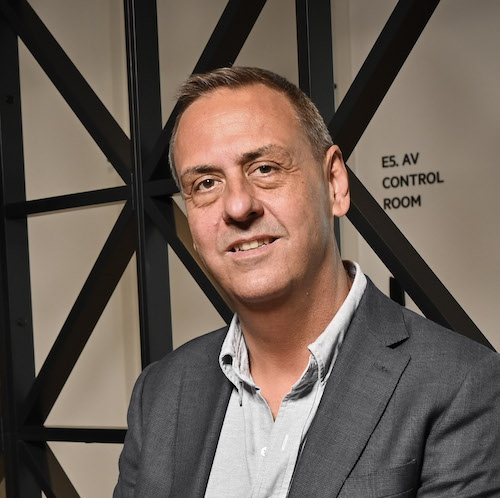What’s your thought leadership operating model?
Rob Mitchell
The global versus local debate is one that never gets fully resolved in business. Over the years, large multinationals have see-sawed between a highly centralised, global model for operations that creates economies of scale and enables greater control, and a more decentralised approach that sits within the markets and facilitates local decision-making. Today, however, most companies operate a hybrid of the two: getting close to markets when it matters (for example with sales and marketing) and centralising functions like finance and procurement where they can.
So what does this have to do with thought leadership? We see a similar debate being played out around how companies organise their content strategies. At one end of the spectrum, some large companies have adopted a highly decentralised approach. Thought leadership teams sit close to the business, and are replicated across business units and geographies. At the other end of the spectrum, some companies are adopting a more centralised approach. They see thought leadership, like finance or HR, as an enterprise-wide capability, and a single, pooled ‘centre of excellence’ upon which different parts of the business can draw.
As with the broader global versus local debate, there are pros and cons with each model:
Decentralised approach
- A decentralised approach ensures that thought leadership can be agile and responsive. And, because teams typically specialise in a business area or region, they have deeper knowledge of on-the-ground business issues and trends. But there are also disadvantages. Decentralised thought leadership can lead to inconsistency in treatment; there can be duplication of effort and a lack of alignment with the brand and the broader strategic goals of the business.
Centralised approach
A highly centralised approach to thought leadership addresses some of these problems. It provides greater control and consistency, facilitates alignment with the brand and strategic goals, and minimises the risk of duplication of effort. Yet there are downsides to consider. A centralised approach may fail to take into account the nuances of the local environment, and not have sufficiently strong relationships with the business leaders who hold the opinions that will lead to genuine ‘thought leadership’.
Hybrid approach
-
- As with other aspects of business operations, a hybrid approach to resolving the local versus global debate is likely to work best with thought leadership. Increased centralisation makes sense, because companies can bring together expertise into a single ‘hub’, ensure strong alignment with the brand and corporate goals, and improve consistency of output. But at the same time, the ‘spokes’ of local knowledge remain critical. On the ground thought leadership professionals with specific domain expertise are vital for identifying the emerging trends and ‘weak signals’ at the periphery of the organisation.
With a hybrid, ‘hub and spoke’ approach, companies can enjoy the best of both worlds, and create a model that will improve their chances of generating truly groundbreaking thought leadership.
Speak to the team
We’ll help you to navigate and overcome any challenges you currently face and learn how to get more out of your content.
Book a meeting
About the author: Rob Mitchell
Rob is our CEO and co-founder and leads FT Longitude’s strategic planning and sets the overall vision and priorities for the business. He manages the board-level relationship with FT Longitude’s parent company, the Financial Times group, and also oversees FT Longitude’s finances, people management and administration.
Prior to co-founding FT Longitude in 2011, Rob was an independent writer and editor. Between 2007 and 2010, he was a managing editor at the Economist Intelligence Unit and prior to that he was an editor at the Financial Times, where he was responsible for the newspaper’s sponsored reports, including the Mastering Management series.
 |
Tel:
+44 (0)20 7873 4770
|
Tel:
+44 (0)20 7873 4770


